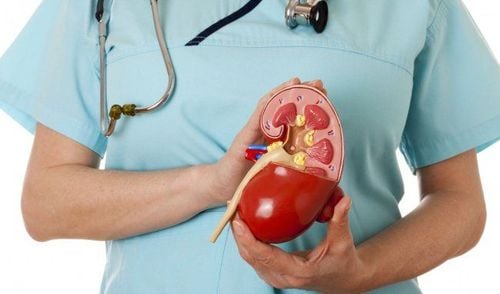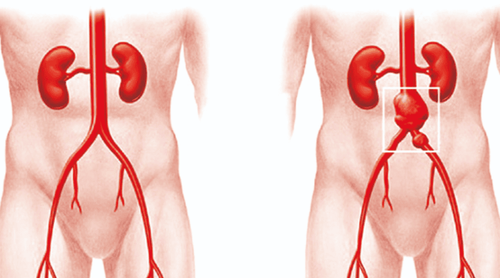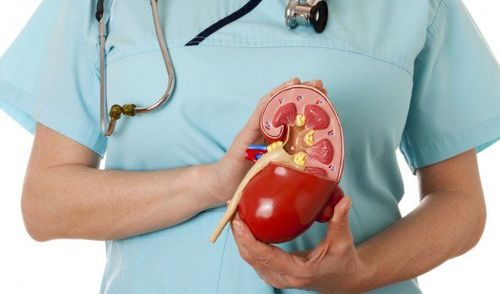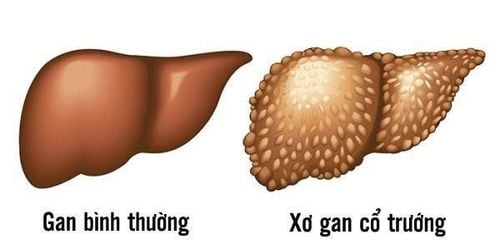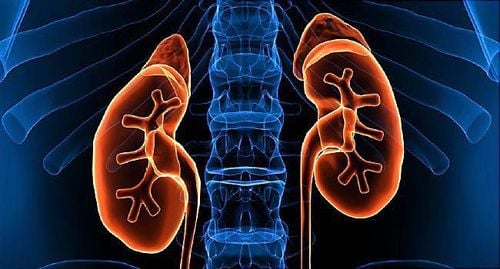This is an automatically translated article.
The kidneys are an important part of the urinary system that plays a natural role in filtering blood, maintaining the functioning of other organs. Therefore, diseases related to blood vessels such as renal artery disease, if not detected and treated promptly, will lead to serious complications.1. What is renal artery disease?
Renal artery disease are lesions affecting the renal arteries to varying degrees. It can be caused by a congenital defect or by another disorder.
The observed course can be acute or chronic with the first manifestation of hypertension. Determining whether a patient has renal artery disease or not must be based on laboratory tests, especially renal angiography.
2.Classification of renal artery disease
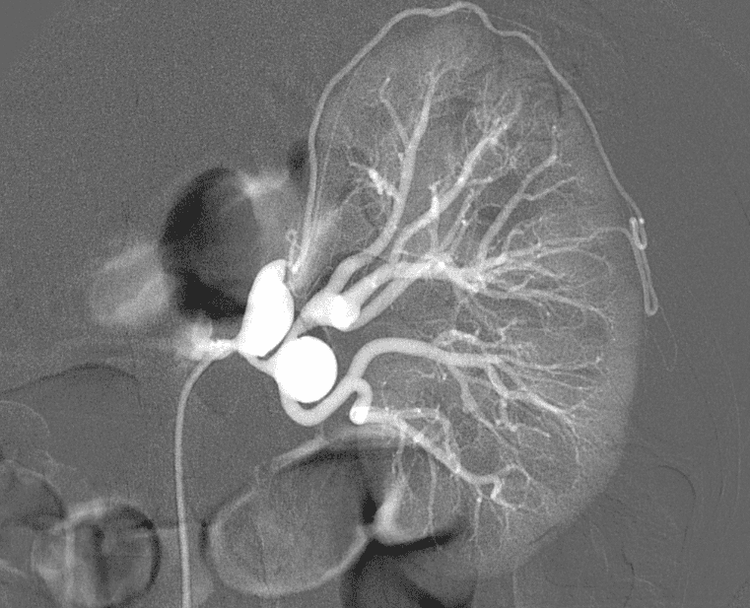
Phình động mạch thận là bệnh bẩm sinh
There are many ways to classify renal artery disease such as classification by cause, by disease progression or by location of damage.
Classification by cause includes two main causes:
2.1 Congenital pathologies Renal artery atrophy, renal artery aneurysm, arterio-venous fistula, renal prolapse and prolapse, renal prolapse at the beginning of the renal artery .
2.2 Diseases caused by secondary injury Atherosclerosis, fibromuscular dysplasia of renal artery, renal artery occlusion, Takayasu disease
Classification according to disease progression, the pathology is divided into acute and chronic.
Acute renal artery disease: Thrombotic microangiopathy, malignant renal vascular fibrosis, cholesterol crystal embolism, macronodular periarteritis, rheumatic scleroderma. Chronic renal artery disease: Renal artery stenosis, cholesterol crystal embolism, benign renal vascular fibrosis, antiphospholipid syndrome, chronic rejection of kidney transplantation.
3.Common kidney vascular diseases

Hình ảnh xơ vữa động mạch thận
3.1 Renal Atherosclerosis The cause of renal atherosclerosis is the accumulation of cholesterol, fats and other plaques on the walls of the renal arteries of the patient. Plaques do not appear immediately, but gradually form. Atherosclerosis narrows blood vessels or causes blockage, leading to serious effects on kidney function, causing stroke or myocardial infarction ... threatening the patient's life.
Renal atherosclerosis often occurs in middle-aged people aged 45 years and older. Patients diagnosed with the disease should limit eating animal fat, animal organs, do not smoke, limit alcohol and have regular check-ups and treatment as directed by the doctor
3.2 Renal artery stenosis Narrowing Renal artery disease is a narrowing of one or both blood vessels. The cause of renal artery stenosis in the elderly is atherosclerosis, and in young people it is due to fibromuscular dysplasia syndrome.
Renal artery stenosis most of the time does not show up until the disease has worsened with symptoms such as sudden increase in blood pressure, decreased kidney function with high blood pressure treatment, heart failure, stroke. brain...
Renal artery stenosis is usually treated with antihypertensive drugs, antiplatelet drugs, or surgery to improve circulation

Hẹp động mạch thận là bệnh thường gặp ở cả người lớn và trẻ tuổi
3.3 Renal Vascular Fibrosis When the patient has high blood pressure, it leads to kidney vascular damage, causing renal vascular fibrosis. The disease can be of two types, benign and malignant.
Malignant renal vascular fibrosis with lesions characterized by hemorrhage on the surface of capillaries. If the patient has a history of hypertension or does not have hypertension, it may develop malignant hypertension. The disease is characterized by high blood pressure accompanied by acute symptoms in the heart, fundus, acute kidney failure ...
Benign renal vascular fibrosis is when the kidney size is normal or reduced, the renal cortex is thin leading to fibrotic changes in the great arteries.
3.4 Renal artery aneurysm The phenomenon of renal artery dilating more than 50% of the original, leading to irreversibility is called a renal artery aneurysm.
Renal artery aneurysms have many causes, such as damage from renal artery sclerosis, muscular dysplasia, after trauma or surgery, or caused by bacteria and viruses. ...
Patients with renal artery aneurysms, if not treated promptly, will have many dangerous complications such as infection, rupture of aneurysms...
All questions need to be answered by a specialist as well as Customers wishing to be examined and treated at Vinmec International General Hospital, you can contact Vinmec Health System nationwide or register online HERE.




